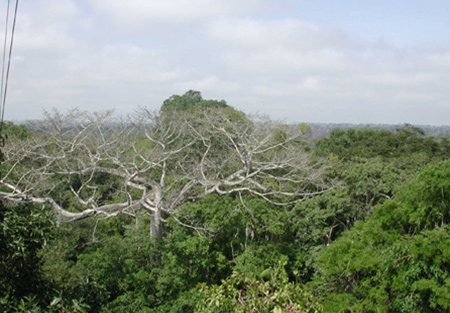 The largest tropical rainforest on Earth are being studied for the effects of droughts that have afflicted them in the recent times. Their carbon dioxide absorption capabilities are reduced and take longer periods of time to recover even after the onset of rainfall.
The largest tropical rainforest on Earth are being studied for the effects of droughts that have afflicted them in the recent times. Their carbon dioxide absorption capabilities are reduced and take longer periods of time to recover even after the onset of rainfall.
This is abnormal behaviour as studied by Jet Propulsion Laboratory (JPL, NASA) which looked at the mapped tree damage from the droughts in 2005. In years of normal weather, the undisturbed forest can become a natural carbon “sink,” absorbing more carbon dioxide from the atmosphere than it puts back into it.
However, starting with the drought year of 2005 and running through 2008 — the last year of available data — the Amazon basin lost an average of 270 million metric tonnes per year of carbon, with no sign of regaining its function as a carbon sink. Scientists estimate that it absorbs as much as one-tenth of human fossil fuel emissions during photosynthesis.
Scientists say that reoccurrence of episodic droughts can turn Amazon rainforests to tropical dry forests.
Source : JPL, NASA